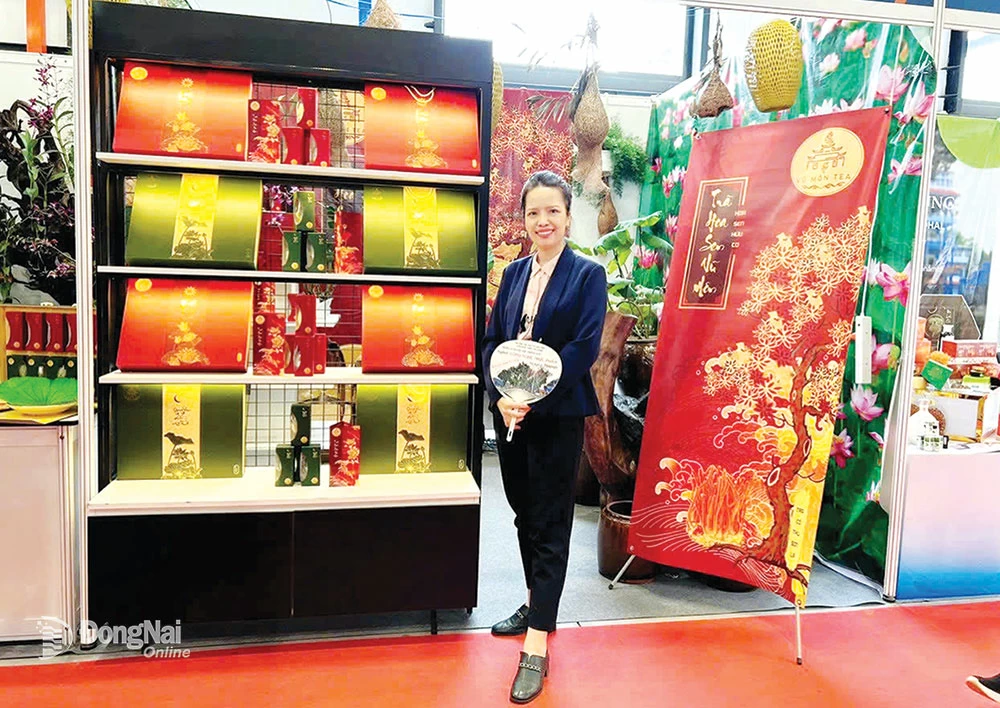 |
| Associate Professor, Dr. Nguyen Thi Lien Thuong - Scientist devoted much to camellia trees. |
As one of the founding scientists of the association, Associate Professor, Dr. Nguyen Thi Lien Thuong, Director of the Institute of Nutrition and Health (Thu Dau Mot University, Binh Duong province) had a conversation with Dong Nai over the weekend about the initial orientations of the association, the potential for camellia development in Dong Nai as well as the aspiration to bring this precious flower to the world.
Conservation and development of native camellia
* As one of the founding members of the Vietnam Camellia Research Association, can you share more about the association's development goals?
- The Vietnam Camellia Research Association, chaired by Dr. Luong Van Dung, was established with the aim of promoting research on biodiversity, conservation, development and dissemination of the value of Camellia species in Vietnam (Camellia) - a native plant species with high potential for medicinal, cosmetic, food and landscape purposes. Over the years, with the contributions of many Vietnamese scientists, new Camellia species have been discovered for the world, their medicinal potential has been identified, and conservation research has been conducted. We want to continue to promote these values by working with scientists to establish an organization that aims to connect scientists, national parks, research institutes, producers, artisans and Camellia-loving communities to contribute to the restoration and development of the Camellia ecosystem associated with local culture and economy .
| Associate Professor, Dr. Nguyen Thi Lien Thuong hopes that provinces, especially those with potential such as Dong Nai, research units, and businesses will accompany the association in planning and developing Camellia in association with eco-tourism and scientific research. As for the community of flower lovers, please join us in spreading love and taking action for Camellia - a quintessential Vietnamese value that needs to be preserved and developed. |
* How do you evaluate the current value and potential applications of Vietnamese camellia species?
- In East Asian culture, camellia is often compared to the virtues of a gentleman: steadfast, noble, and refined. In Vietnam, camellia flowers have appeared in poetry, clothing, pottery, and folk rituals. With the diversity of species and forms, camellia flowers can become the focal point of local flower festivals (like peach blossoms in Japan or chrysanthemums in Korea), contributing to the development of regional identity.
Camellia has beautiful flowers in a variety of colors such as: white, pink, red, yellow. Each species has its own unique beauty, very suitable for planting as an ornamental plant, decorating gardens, or spiritual spaces, and can be created into artistic shapes. Camellia represents the beauty of steadfastness and endurance associated with the diverse plant resources of Vietnam.
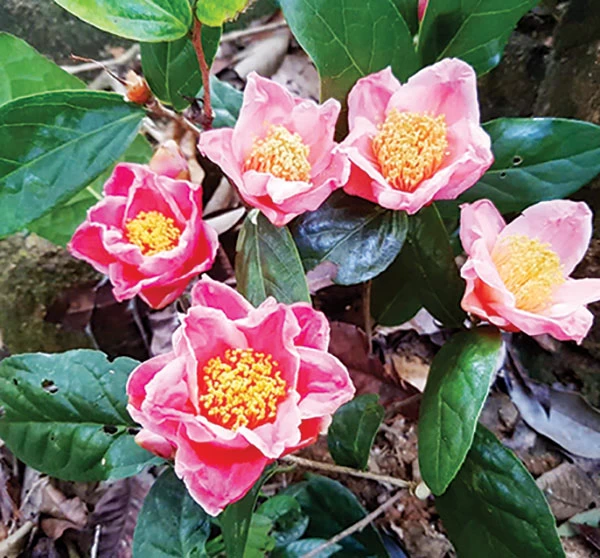 |
| Camellia |
Currently, many research groups in Vietnam and other countries are collaborating to study the medicinal value of Camellia sinensis, including valuable compounds in Camellia sinensis such as: Polyphenol (EGCG, catechin): anti-oxidant, anti-inflammatory, liver protection, anti-cancer; Flavonoid: anti-aging, antibacterial, circulatory support; Unsaturated fatty acids: good for the heart, skin, hair. In particular, oil pressed from Camellia sinensis seeds contains more than 80% oleic acid - considered as "Oriental olive oil" which is very good for skin care, acne treatment, anti-aging and hair beautification. In addition, some indigenous Camellia sinensis species have not been clearly identified, but may contain valuable biological active ingredients, opening up new research directions for traditional and modern medicine (especially in fighting cancer, diabetes, and inflammation).
* Can you share some specific activities that the association is promoting to become a partner with Camellia Associations around the world?
- Currently, the Vietnam Camellia Research Association is carrying out many specific activities to become an official partner and have a voice in the international community in the research - conservation - development of Camellia species. Building a membership application for the International Tea Association, aiming to become an official member by 2026 and carrying out global connection work in conservation research.
The association cooperates with international botanical gardens to exchange native camellia varieties, support in vitro conservation techniques (tissue cells), DNA storage, and research cooperation on newly discovered camellia species. Participating in international exhibitions and seminars on camellia to impress international friends, affirming the value of Vietnamese camellia not only in its rarity, but also in its scientific value and potential applications.
Dong Nai has great potential for tea development.
* What challenges are native camellias currently facing and what plans does the association have to conserve rare genetic resources?
- Vietnamese native camellias are facing many biological and environmental challenges. These risks not only threaten the survival of rare species but also destroy the genetic, cultural and long-term economic potential of camellias. The causes are habitat loss, climate change changing the ecology of the distribution area; lack of large-scale research on biodiversity, distribution and specific conservation policies; lack of in-depth research on active ingredients to determine exploitation and propagation potential.
The Vietnam Camellia Research Association is developing and implementing a plan to collect, preserve and develop rare genetic resources of native Camellia species. The Association will continue to connect and promote, creating a research network with the International Camellia Association, the world's leading prestigious international organization specializing in research, conservation and promotion of plants of the genus Camellia. In 2025, the Association will announce 3-5 new Camellia species discovered in Vietnam. The Association continues to connect with units nationwide on gene decoding research to supplement the Camellia gene bank database, seed collection, tissue storage to serve the next research on classification, identification and standardization of varieties, and conservation. Propose that the State put some native Camellia species on the List of species in need of urgent protection, support the budget for research, conservation and propagation.
* With Dong Nai area having rich ecosystem, how do you evaluate the potential for developing camellia trees here?
- Dong Nai has the potential to become a key locality in the conservation and development of Vietnamese camellia trees, especially native camellia species such as Camellia dongnaiensis.
Besides, the province has many universities, including a very strong tea research group of Dr. Bui Thi Kim Ly, Dong Nai University of Technology, which will certainly continue to promote research and application directions on Vietnamese camellia typical of Dong Nai.
I think Dong Nai can take the lead in investigating and mapping the distribution of camellia; establishing a seed conservation area; building a camellia gene bank; developing camellia into a typical product of the province; and participating in national and international conservation networks.
* What do you expect from students majoring in biology, agronomy, and environment in the journey of developing Vietnamese camellia?
- I hope that students dare to think, dare to do, dare to start a business from their own homeland, from a plant species that few people have exploited. Let's inspire the community through creative media projects, eco-tours, podcasts, research - practical applications.
Camellia can become a green startup platform with OCOP products: medicinal tea, natural cosmetics, bonsai art, experiential tourism. This is a green economic model, a cultural economy that contributes to preserving traditional values and sustainable development.
* Thank you!
Le Phuong Khanh (performed)
Source: https://baodongnai.com.vn/dong-nai-cuoi-tuan/202506/pgs-ts-nguyen-thi-lien-thuong-vien-truong-vien-dinh-duong-va-suc-khoe-truong-dai-hoc-thu-dau-mot-tra-mi-viet-tu-di-san-thien-nhien-den-bieu-tuong-van-hoa-b5f01bc/



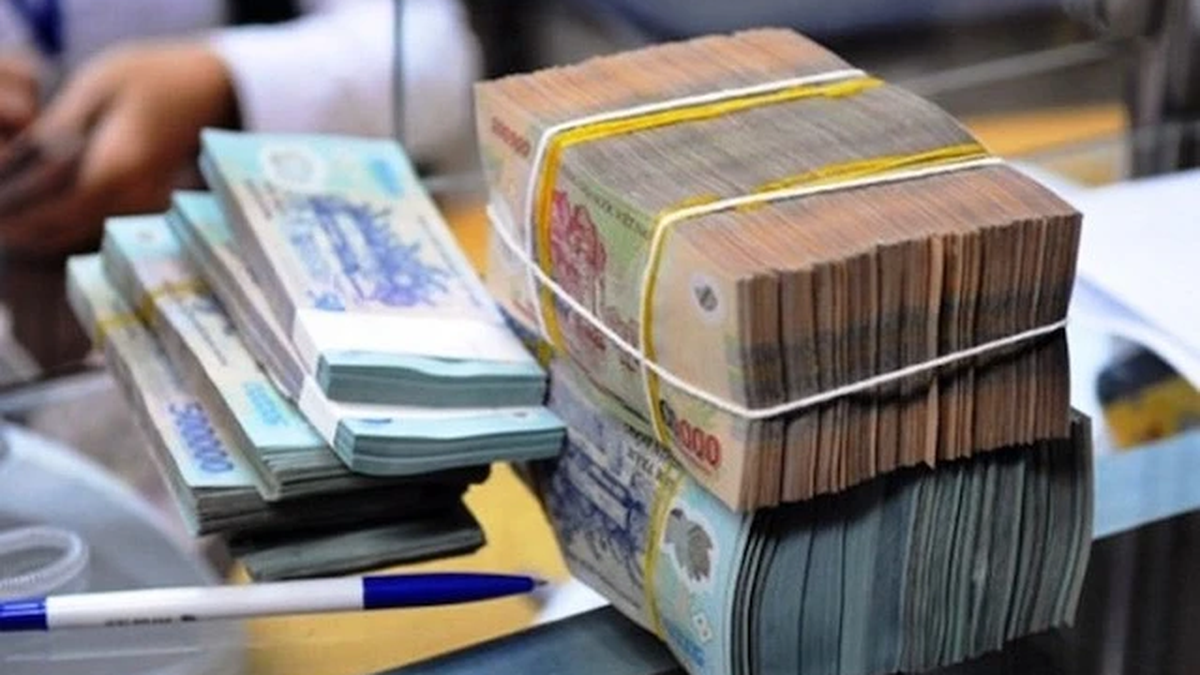
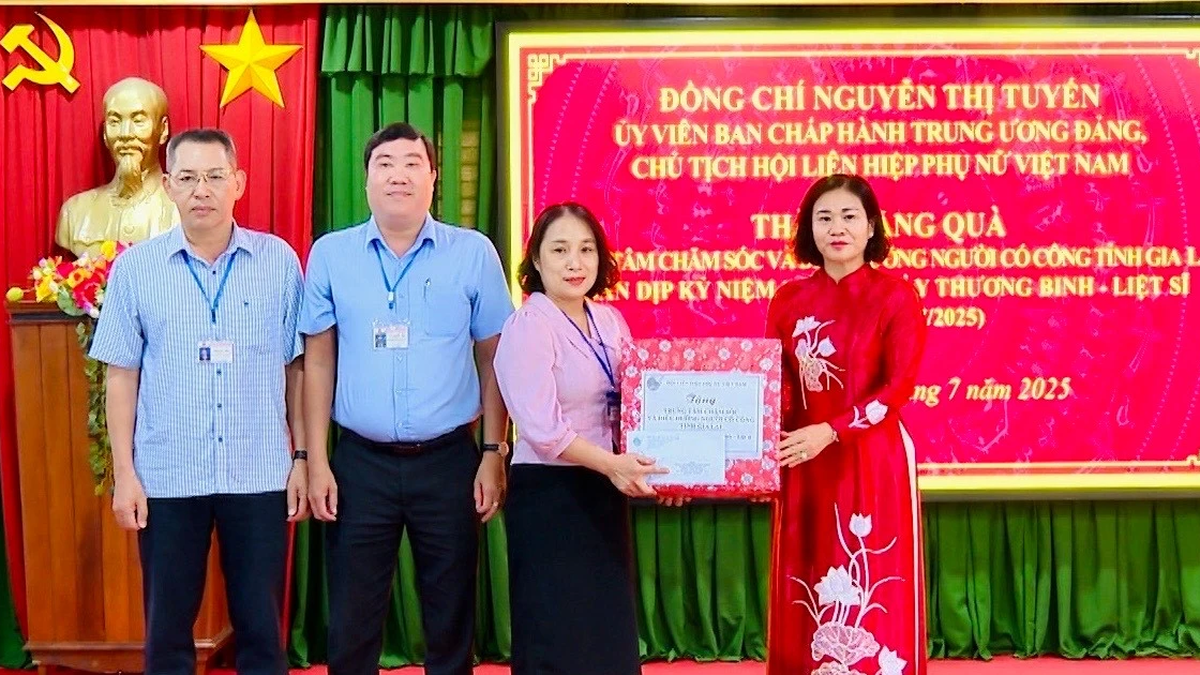






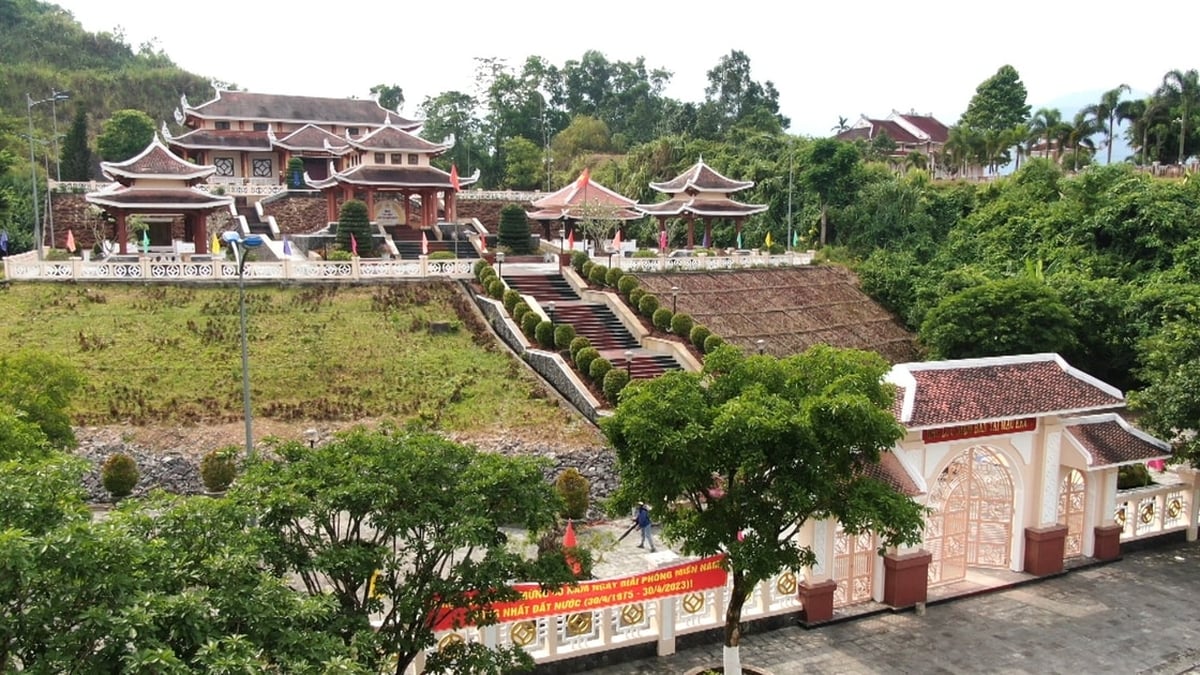










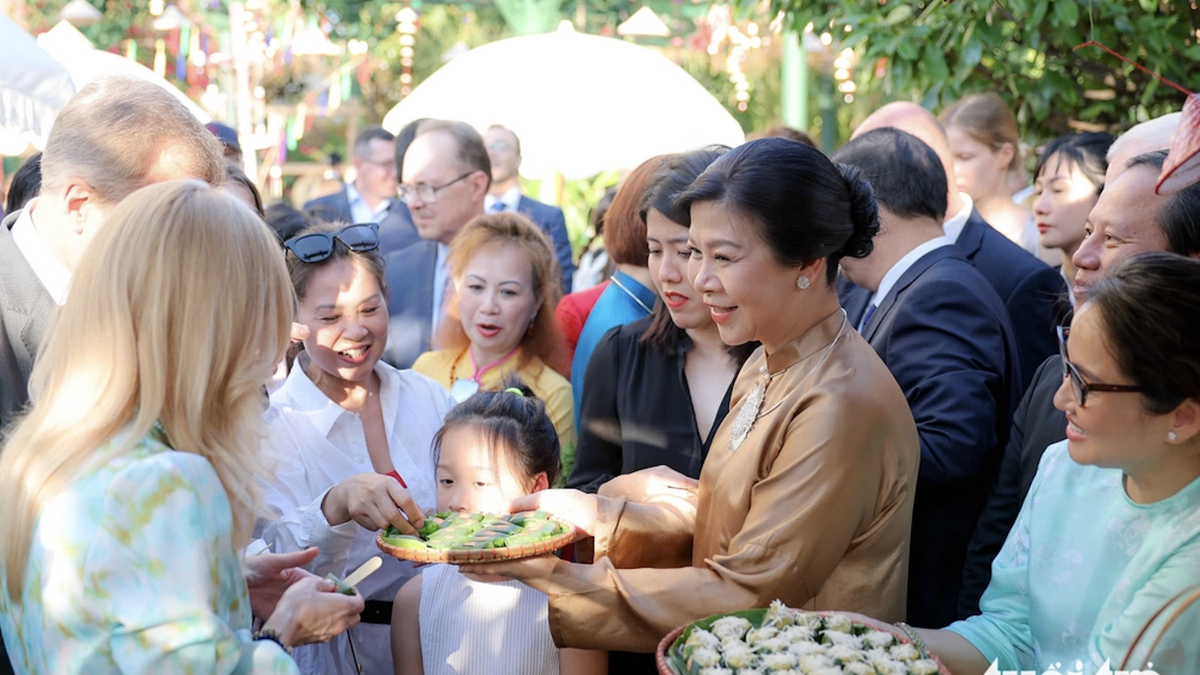


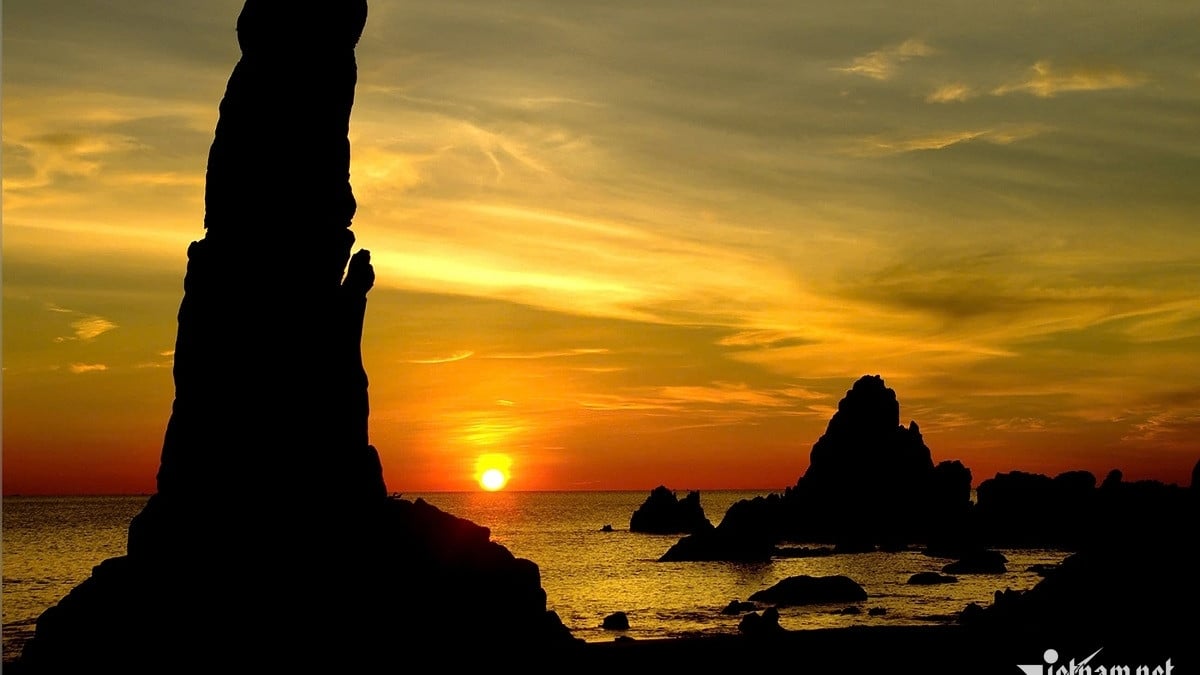
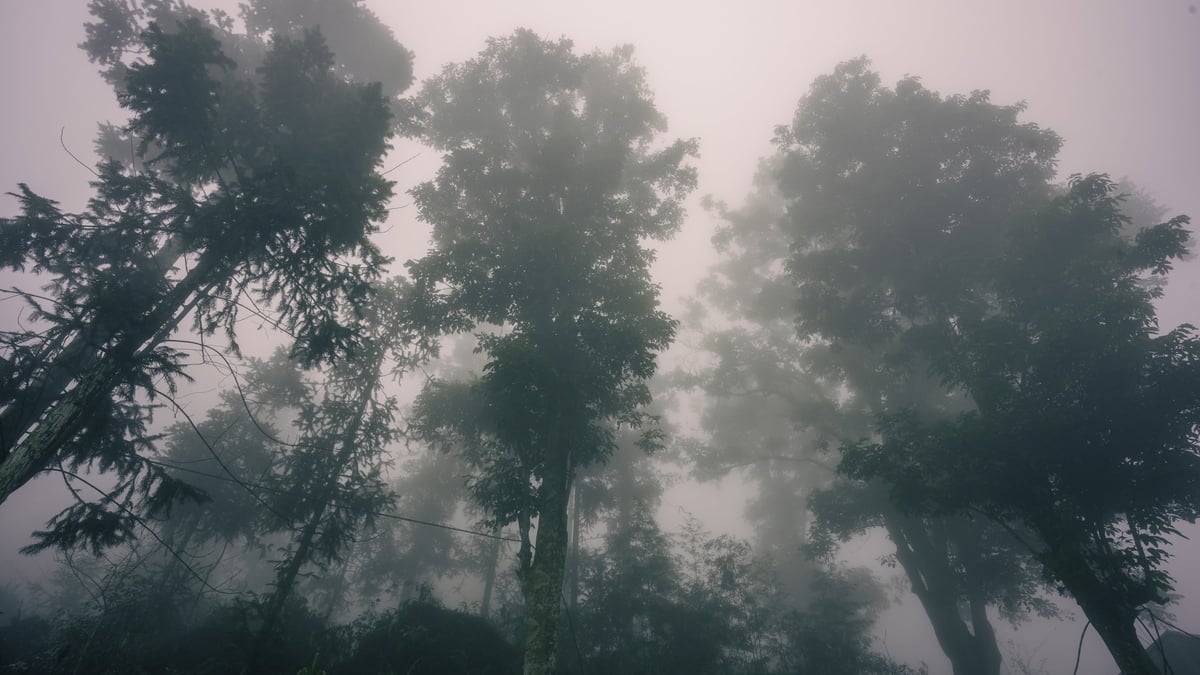
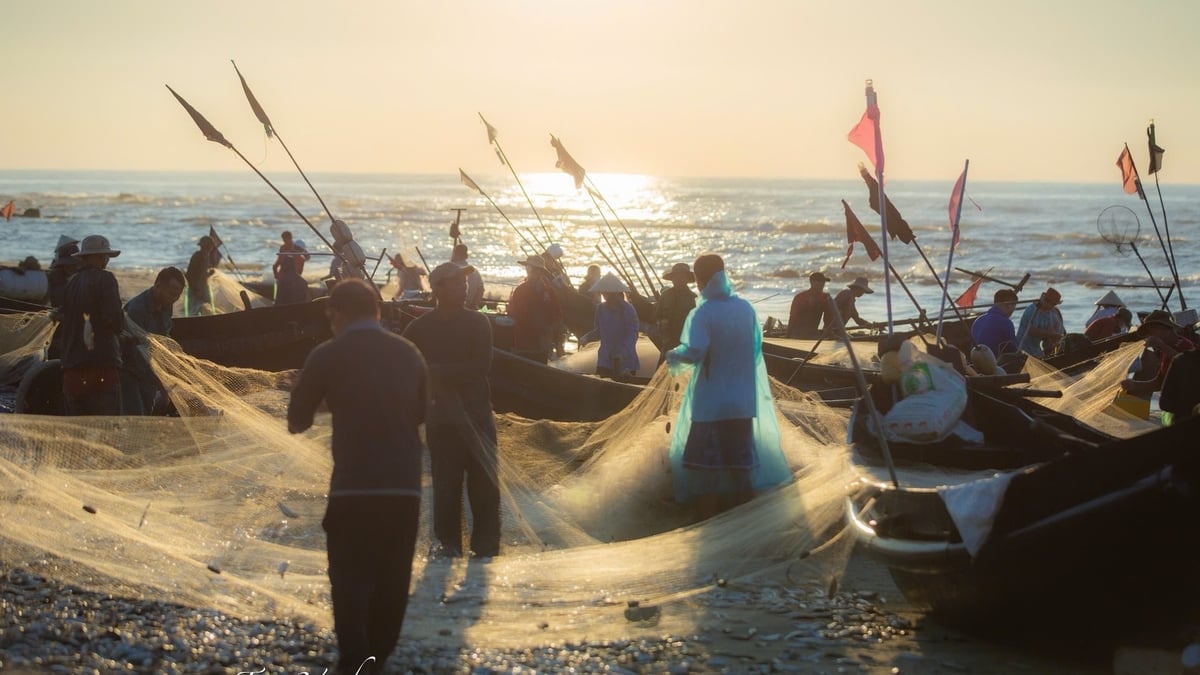



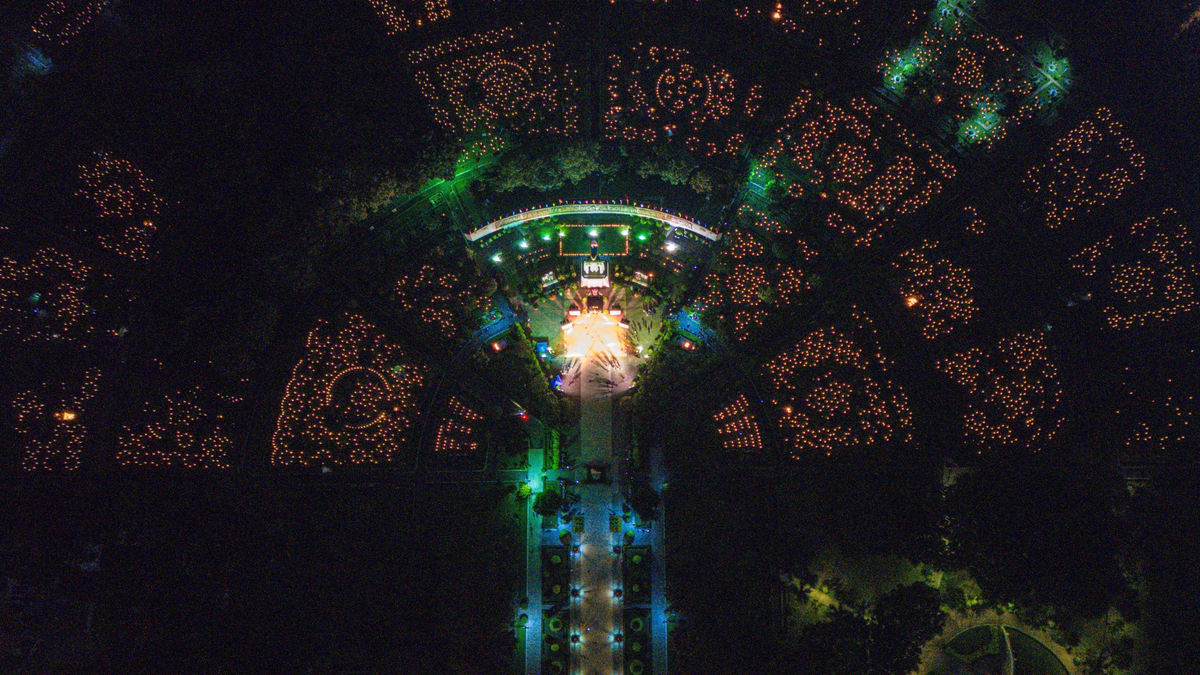
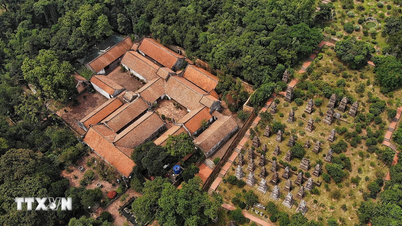



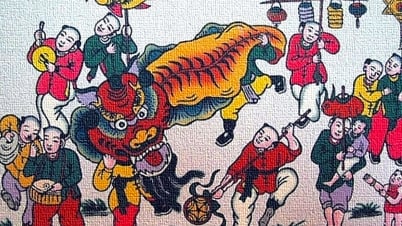



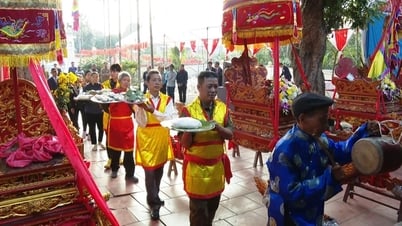




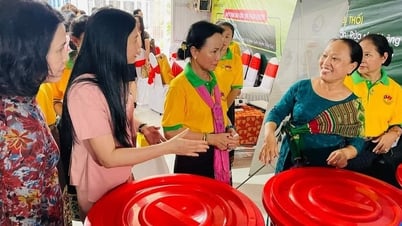


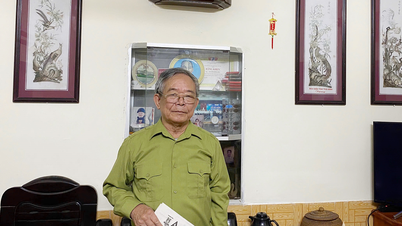

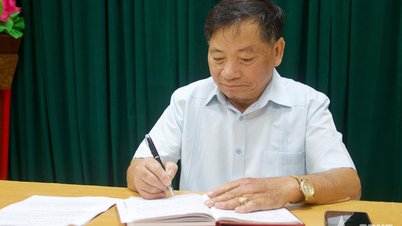
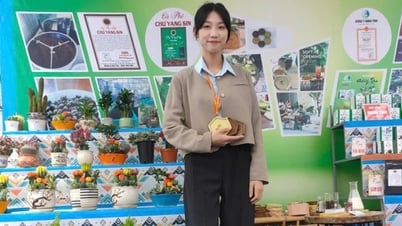







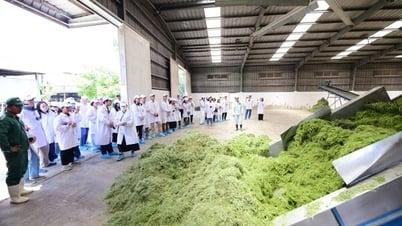


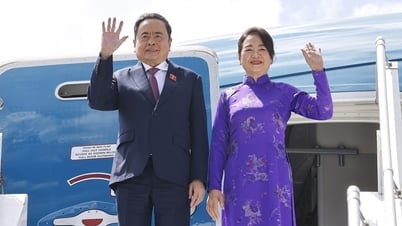








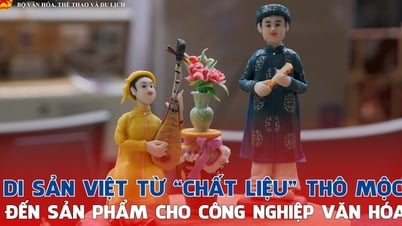
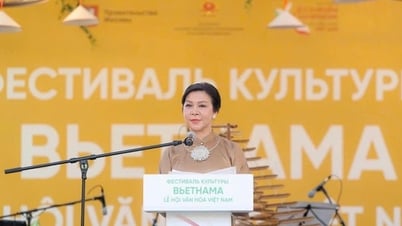
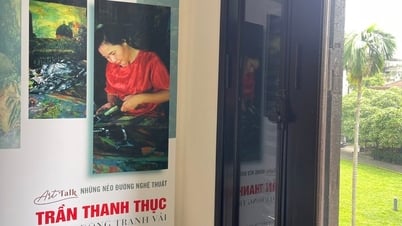















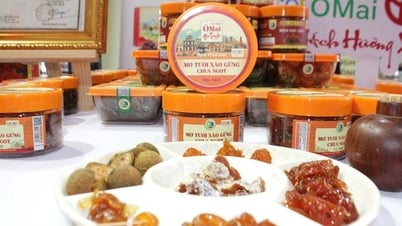

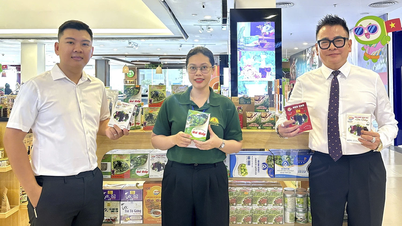

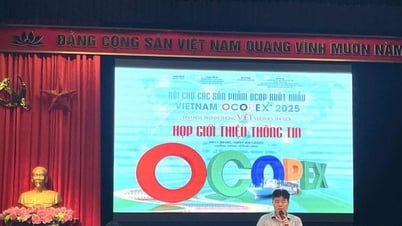




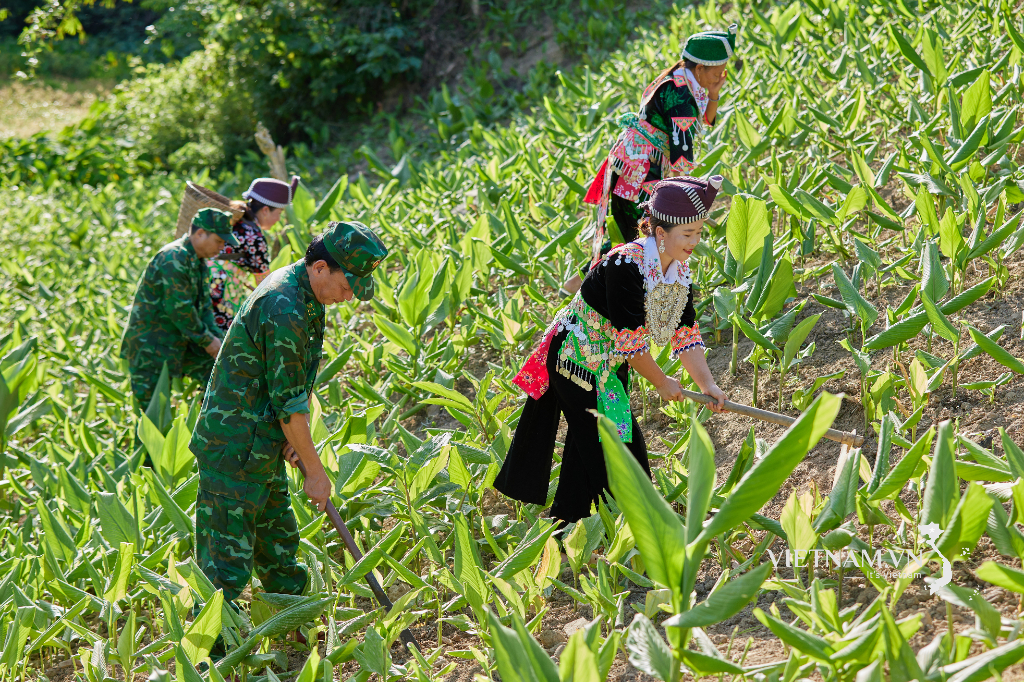
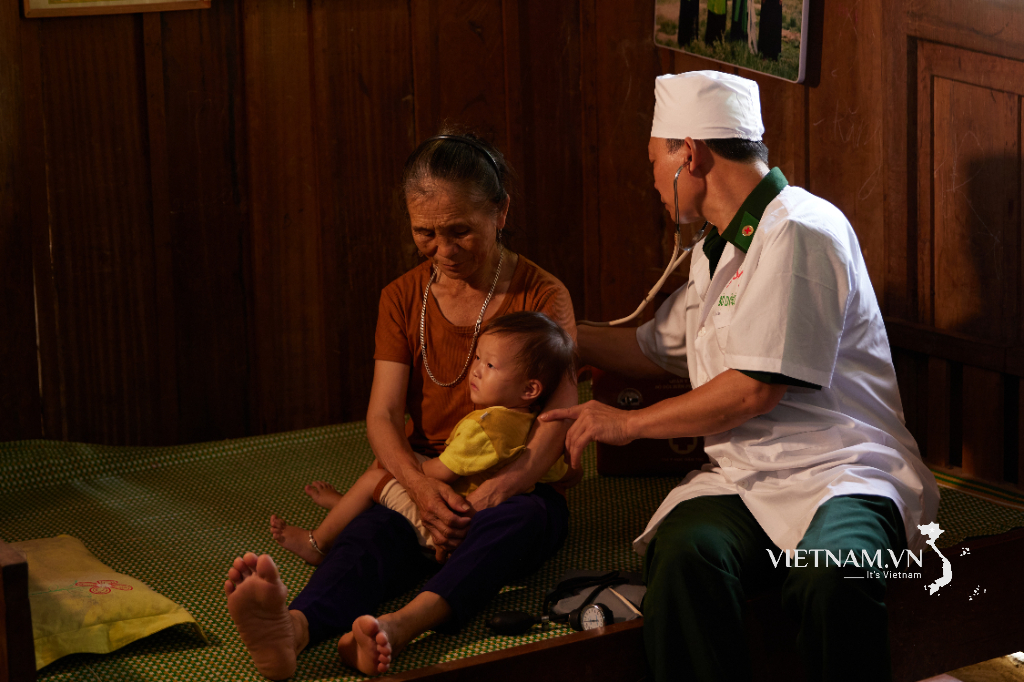
Comment (0)